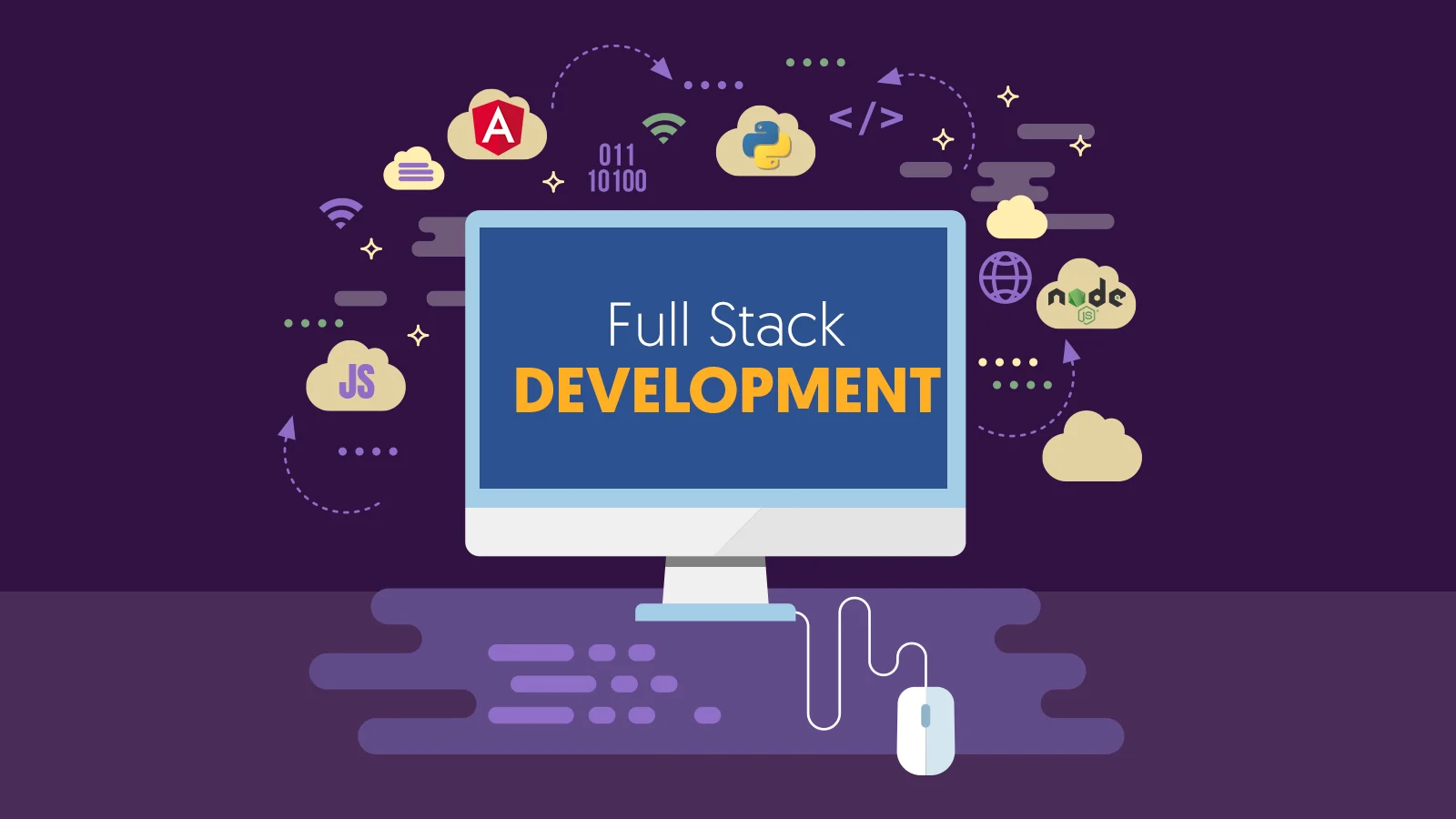What is Full Stack Development?
Full stack development refers to the practice of developing both the front-end and back-end portions of an application. A full stack developer is a software developer who is proficient in working with both the front-end (client-side) and back-end (server-side) portions of a web application. This typically includes experience with one or more front-end programming languages and libraries, as well as one or more back-end languages and frameworks. Full stack developers are also familiar with databases and web servers, and are able to manage the full application development process, from development to deployment.
What is Front-End development?
Front-end development, also known as client-side development, refers to the process of creating the user interface of a website or web application. This includes designing the layout, creating the visual elements, and writing the code that controls the behavior of those elements in a web browser. Front-end developers use languages such as HTML, CSS, and JavaScript to create the client-side of a web application, which is what users interact with directly.
What is Back-End development?
Back-end development refers to the server-side of web development. Where a developer focuses on the logic and functionality of a website or application. This includes the server, application, and database that make a website or application run. Back-end developers write code that interacts with databases to store and retrieve information, as well as with APIs to send and receive data to and from the front-end. Common programming languages used for back-end development include Python, Ruby, Java, C#, and PHP.
Where to Start Full stack development ?
A full stack developer typically works with both the front-end and back-end aspects of a web application. If you’re just starting out with full stack development, there are a few things you can do to get started:
- Learn the basics of web development, including HTML, CSS, and JavaScript. These are the core technologies used for the front-end of web applications.
- Learn a back-end programming language. Some popular choices include Python, Ruby, and Java.
- Learn a back-end web framework. Some popular choices for each language include:
- Python: Django and Flask
- Ruby: Ruby on Rails
- Java: Spring
- Learn a front-end web framework. Some popular choices include React, Angular, and Vue.js.
- Learn database management. Many web applications use a relational database management system (RDBMS) such as MySQL or PostgreSQL.
- Learn version control with Git
- Learn how to work with APIs, as well as different architectural patterns such as MVC and REST.
Once you have a solid understanding of these technologies and concepts. You can start building your own web applications and experimenting with different stacks.
There are many tutorials and online course available to learn. The above technologies and many of them have free resources available.
Why Choose Full Stack Development Course?
There are several reasons why someone might choose to take a full stack development course:
Versatility: Full stack developers have a broad range of skills and knowledge, which allows them to work on a variety of projects and technologies. This can make them valuable to employers and open up more job opportunities.
Control: Having a good understanding of both front-end and back-end development gives full stack developers greater control over the development process and allows them to more easily understand and solve problems that span both the front-end and back-end.
Self-sufficiency: Being a full stack developer means you don’t have to rely on other people to complete certain tasks on a project. This can be especially beneficial for small businesses or startups. That don’t have the resources to hire a large number of specializ developers.
Career advancement: Full stack developers are in high demand as they can handle both client-side and server-side development, which makes them an ideal candidate for leadership positions and management roles.
Self-taught: A full stack developer can be self-taught and learn the necessary skills via online courses, tutorials, and personal projects.
Better pay: A full-stack developer has a wide range of knowledge and can command a higher salary than a developer who specializes in only one area of development.
Do you want to do a Full Stack Development Course In Surat ? So you can learn full stack development well and fast in Simba Institute. As a result, full stack developers are in high demand among small businesses, financial groups, and even highly ranked corporations. So, before you become a professional full stack developer, you should learn about the field.
